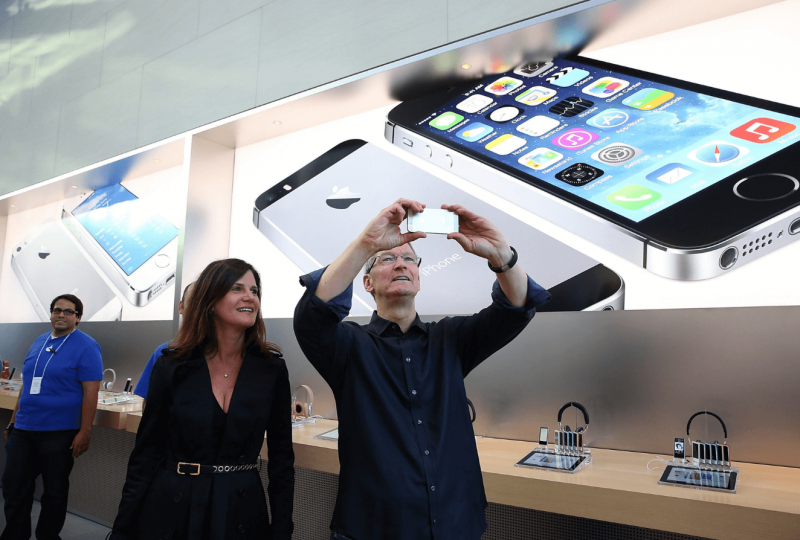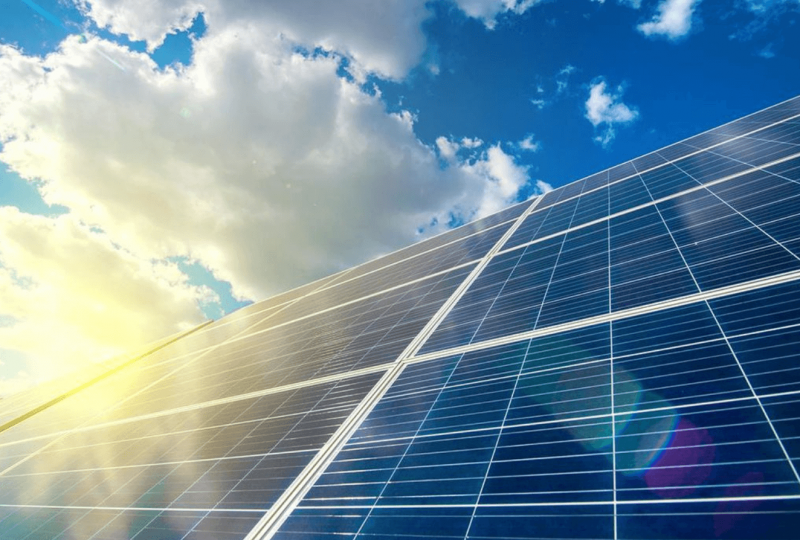Apple to Keep iPhone Production Flat as Market Grows Tougher
Jun 01, 2022

As the smartphone industry faces increasing challenges, Apple has decided to keep iPhone production at roughly flat levels in 2022.
According to people familiar with Apple's projections, who asked not to be named since the numbers aren't publicly available, suppliers will assemble about 220 million iPhones this year. A major update to the iPhone expected in the fall has pushed analysts' prospects closer to 240 million units. Nonetheless, the mobile industry has had a rocky start to the year, and production estimations have fallen across the board.
An inflation rate worse than any time in decades, a war in Ukraine, and supply-chain turmoil are expected to weigh on the market in 2022. According to TrendForce, both its production and shipping forecasts have been lowered twice in the past few weeks. Strategy Analytics projects that overall smartphone shipments will decline by 2% in 2022. Earlier this year, IDC and Bloomberg Intelligence predicted 240 million iPhones for this year.
Apple declined to comment on the company's future plans, which could change depending on a variety of factors, including supply constraints and the state of the economy. There is no public announcement of the company's production targets, and it has stopped disclosing how many iPhones it has sold since 2019.
Shares of the company fell about 1% in New York on Thursday morning.
Earlier this month, the company warned that supply problems would cause sales to drop by as much as $4 billion to $8 billion in the current quarter. This is mainly the result of production stopped at factories in China due to the COVID lockdown. In addition, the entire tech sector anticipates a slowdown in consumer spending due to escalating fuel and materials prices.
Shipments of smartphones dropped 11% in the first quarter of this year, representing the worst result since the beginning of the pandemic two years ago. This month, Chinese smartphone maker Xiaomi Corp., the third-largest smartphone producer in the world, reported its first-ever quarterly sales decrease.
Nevertheless, Apple is betting on strong demand for its products because its customer base is comparatively wealthier and its software and services ecosystem helps it sell hardware, sources said. Additionally, the company is experiencing less competition since Huawei Technologies Co. has been banned from the US market, people added. For six consecutive quarters, Huawei has seen its revenue fall. Huawei was once the No. 1 phone maker in terms of shipments.
Additionally, Apple will strive to impress consumers with a more advanced model than last year's one. New screen sizes, including satellite-based text messaging, are expected to be offered in the upcoming iPhone 14 handsets. The iPhone 13 was viewed by consumers as a minor upgrade.
In addition, Apple also released the newly updated iPhone SE with 5G, enabling budget-conscious consumers to upgrade to the new model.
According to one of the people, even though the Chinese lockdown could be one of the biggest challenges for Apple this quarter, the company hopes to handle the challenges. It has been reported that Foxconn Technology Group, Apple's main iPhone manufacturer, has maintained most production lines running. The city of Zhengzhou in central China is home to its largest group of factories.
Smartphone demand ebbs in the second quarter, so it is likely that lockdowns won't be as devastating as they were in the first quarter. Suppliers will try to compensate for any production losses incurred later in the year as long as China begins to reopen and restore its transportation networks.
"This year is expected to be a tale of two halves," Strategy Analytics senior director Linda Sui pointed out in a note. "During the first half of 2022, geopolitical concerns, component shortages, price inflation, exchange rate volatility, and COVID disruption continue to pressure the smartphone market. Things should ease off in the second half of the year."




